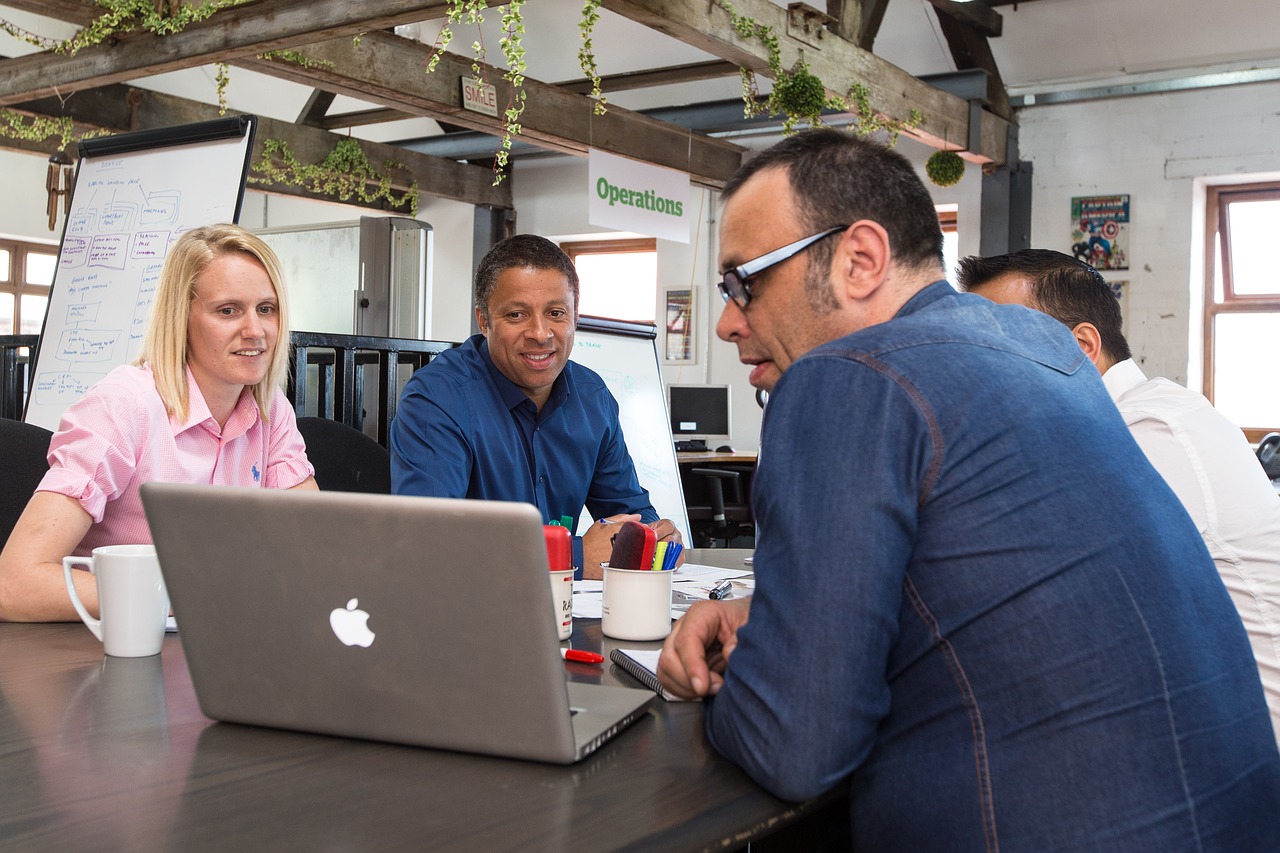Before you attend any event it’s important your team understands what is happening and what is expected of them. This pre-event team briefing checklist will help make sure you cover everything.
- Objectives of attending the event. Read this blog on setting objectives for events if you’re not sure.
- Authority. Be clear about who is in charge and if necessary who is the deputy. Clarifying authority in the pre-event team briefing will avoid arguments later.
- Cost of attending. People begin to take it a bit more seriously when they know how much is at stake.
- Responsibilities. Everyone needs to know what they are doing, when and where. Create a rota or schedule if necessary.
- Deliveries. Who is bringing which items – brochures, stands, laptops etc. If you are using an event logistics firm make sure everyone knows and is clear what the firm will do.
- Getting there. Your team needs to know where the event is being held, the options for getting there and if company transport is being provided.
- Accommodation. Make sure people are clear about where they are staying, what’s included and the arrangements for paying.
- Pre-delivery checks. Identify who packs and checks that the right stand and collateral have been prepared and are ready for dispatch. Who will prepare the paperwork?
- Set up. Identify who is responsible for setting up the stand and make sure they understand what time they need to be there to do so. If your event logistics company is doing it for you make sure everyone is clear about this. Ditto with dismantling.
- Style of approach. Agree how attendees, stand visitors and so on will be approached by the team. Give them some opening gambits to try.
- Offers. Make sure everyone is aware of any special offers you have in place for the event and any terms and conditions.
- Data capture. Tell people what data needs to be captured and how. If you are using scanners make sure everyone knows how to use them and have a low tech back up just in case.
- Data sharing. Tell the team how data needs to be shared with central office. The sooner a lead is followed up the more likely it is to convert so don’t wait until the end of the event.
- Priorities. Share a system or process that will help separate the hot leads from the tyre kickers to help with prompt follow up.
- Dress code. Is there a uniform or a common theme for those at the event? What are the minimum standards expected?
- Stand etiquette. Clarify expected standards of behaviour, such as no alcohol, food or chewing gum to be consumed on the stand.
- Brochures and giveaways. Establish ground rules for handing out giveaway items or brochures, all of which carry a cost. Not every collector should necessarily get one and you might want to consider producing a cheaper, shorter version of any materials for the event. Agree the process for refreshing displays during the event.
- Specialist displays. If you’re using any fancy interactive displays or other technical equipment train everyone in how they work, basic trouble shooting and who to contact if it goes wrong.
- VIPs. Your team needs to know of any important clients or company big wigs who might visit the stand, ideally with a photo to remind them. Of course, everyone should be treated courteously, but if you can avoid hacking off your top client or the CEO it’s probably a good idea to do so!
- Cover. Emphasise the stand should never be left unattended – even for an urgent loo break. Agree the minimum number of staff needed on the stand at any time and create a fair schedule that ensures this is always followed. Give people some time for breaks or to visit other stands as well.
- Peaks and troughs. Set out the tasks that should be done if the stand or display becomes quiet at any point. Also agree how to respond to unexpectedly high levels of demand.
- Prepare to analyse. Every representative at the event should be asked to keep notes of areas for improvement and things that seemed particularly effective for you and for others.
- Rehearse. If your presence at the event involves presentations or performances, rehearse the whole team before you get to the event and seek honest feedback from colleagues.
- Test everything. Whether you’re using batteries, computers, mechanical models. microphones or even pens, test them before you pack them. It’s important everyone knows who is testing what either as part of the pre-event team briefing or separately.
- Back at the ranch. Ensure those left in the office know what to do to keep business as usual ticking over. If they are arranging follow up agree when this will be done, how and by whom. Identify who is in charge and when they need to contact you. Make sure they know the best way to get you quickly.
Remember, if you work with a reputable event logistics company, they will often take some of these pressures off your shoulders. So talk to them too about what they can take on.
It’s quite a list isn’t it. Have we missed anything? We’ll update our pre-event team briefing checklist with your ideas as they come in.



